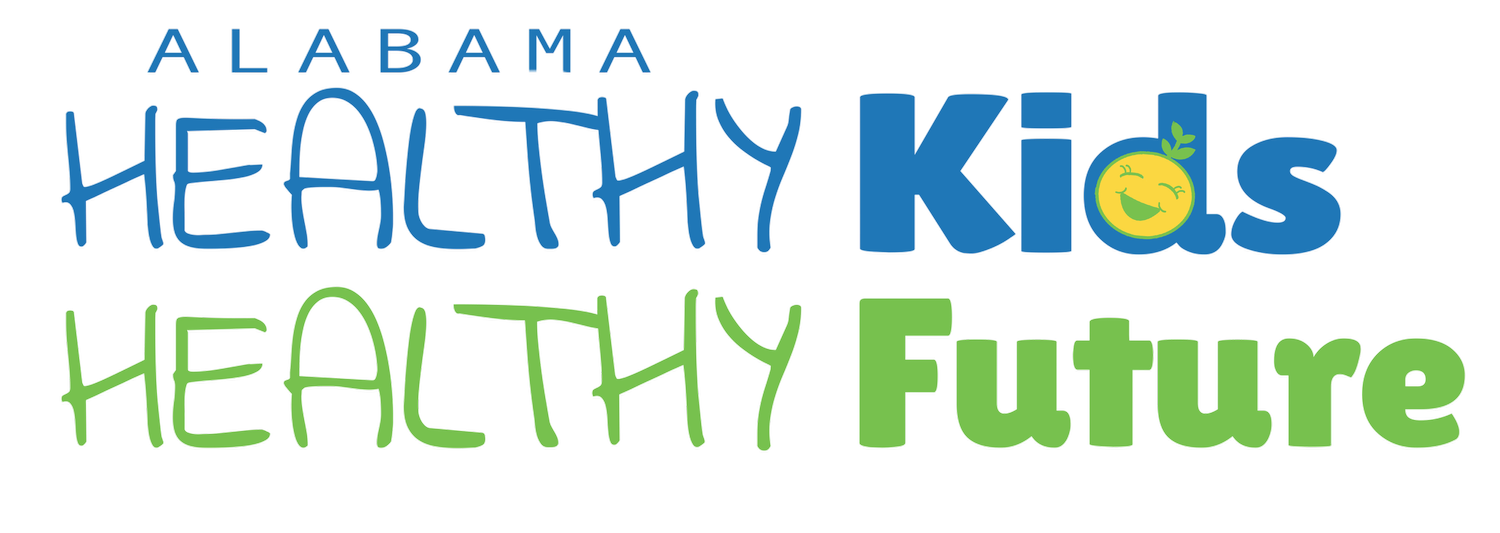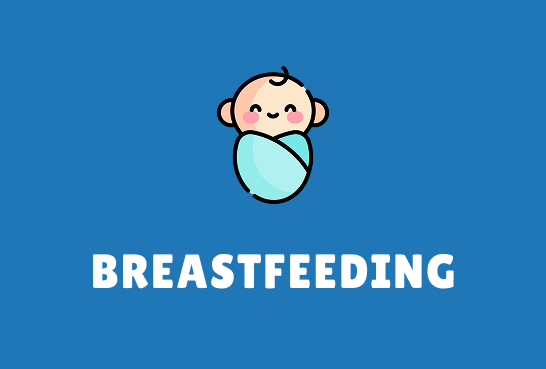ABOUT US
Physical Activity
Physical activity helps children build confidence, develop motor skills, and grow strong. It also supports overall physical, mental, and emotional well-being, laying the foundation for a lifetime of healthy habits.
4 AREAS OF FOCUS
Building Strong, Confident Kids with Physical Activity
Physical activity helps children build confidence, develop motor skills, and build strength. Being active gives children the practice needed to achieve milestones of motor development. Physical activity also has other physical, mental, and emotional benefits, helping children build the skills that they will use throughout their lives.
By offering consistent opportunities for children to be physically active, children have the time and space to develop:
Gross and fine motor skills that are important for development and growth.
Social-emotional skills, especially through group activities and games.
Cognitive skills useful for understanding instructions and problem-solving.
Creativity, confidence, and emotional regulation, especially during active play.
Physical activity is not only beneficial for young children, but for adults as well. Research has shown that children and adults who are physically active throughout the week are at a lower risk of developing chronic diseases, such as heart disease, type 2 diabetes, and various types of cancer (CDC, 2024).
It is recommended for young children to have many opportunities to be physically active throughout the day. Children can be active through active play and structured activities; both forms of physical activity are beneficial for their growth and development. In active play, children choose the activities they would like to engage in. Active play can include climbing on outdoor play equipment, running along a path, or dancing to music! While the activity itself is decided by the child, caregivers can plan for active play time throughout the day to ensure children are physically active. Structured physical activity includes games and activities with set instructions and rules, like Red Light, Green Light, Freeze Dance, or even an obstacle course game! When structured activities are provided during the day, they not only provide a way to be active but can also help with strengthening social and emotional skills as they work together to complete the activity.
Caregivers are role models for physical activity and can encourage children to participate in physical activity when they are active with them. When children see caregivers having fun while being active, they learn that physical activity is fun! By offering fun, engaging opportunities for physical activity, children are more likely to find enjoyment in physical activity throughout their lives.
HEALTH BENEFITS OF PHYSICAL ACTIVITY FOR CHILDREN
Physical activity not only strengthens bones and muscles, but can improve memory, reduce the risk of several chronic diseases, and more! Check out this resource from the Centers for Disease Control and Prevention (CDC) to learn more.
Learn More




